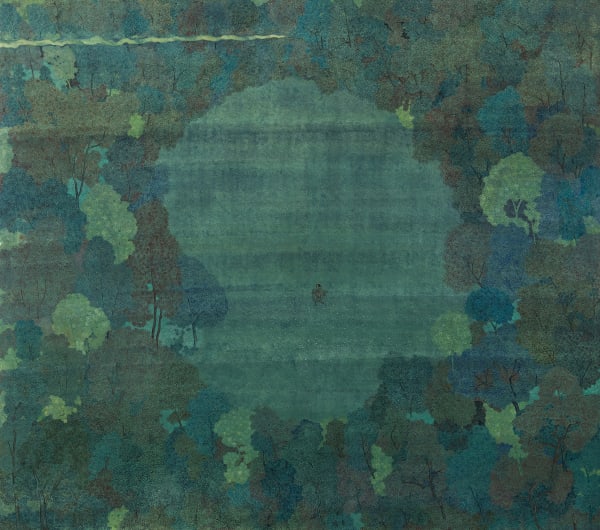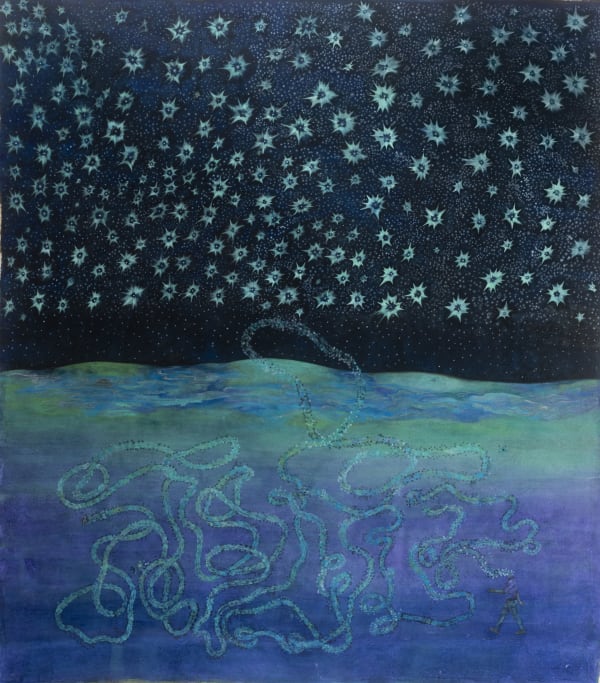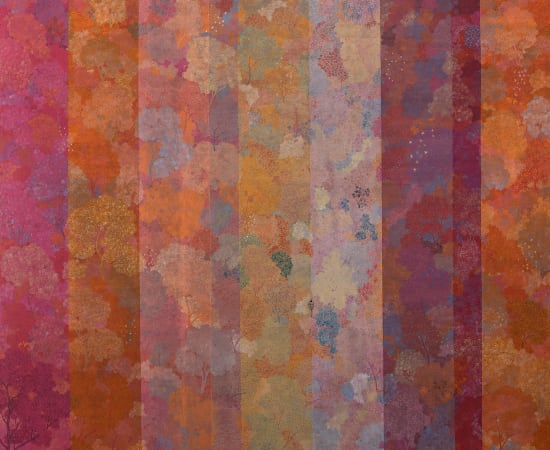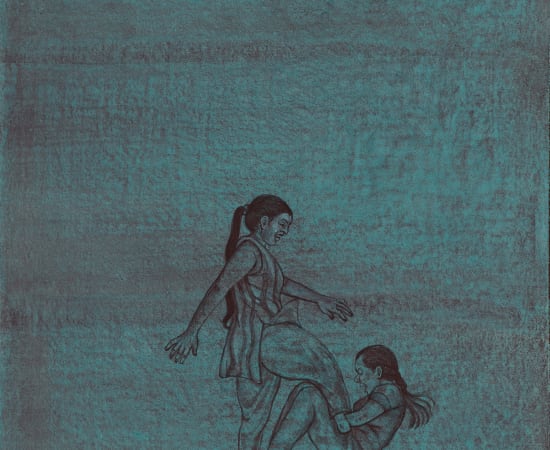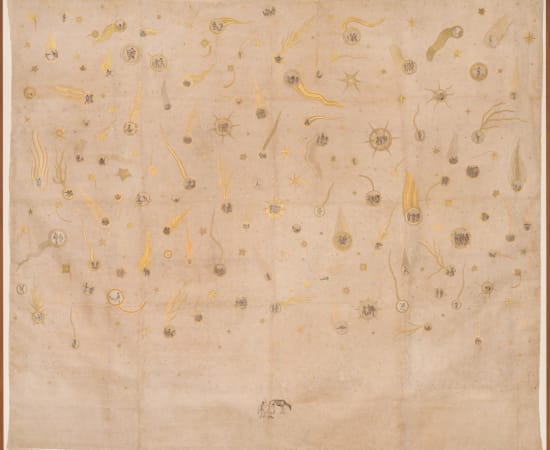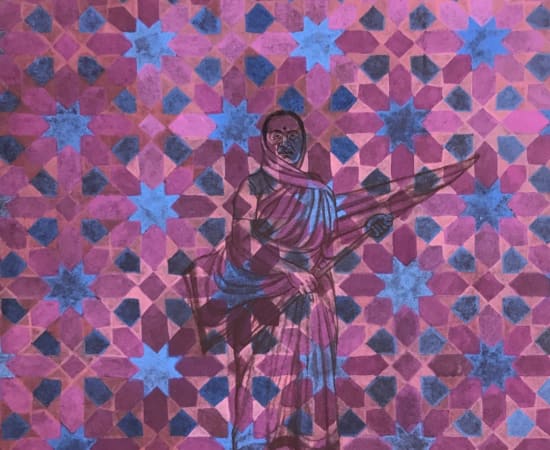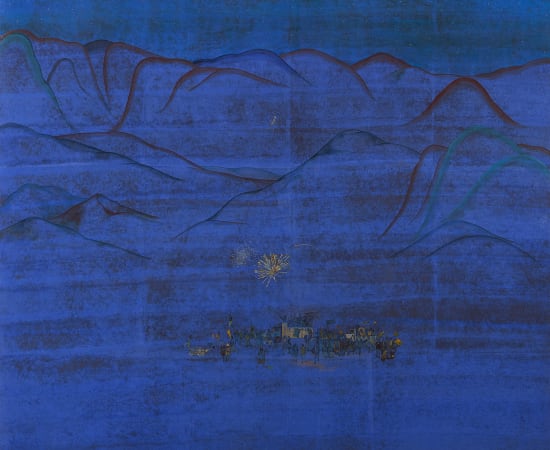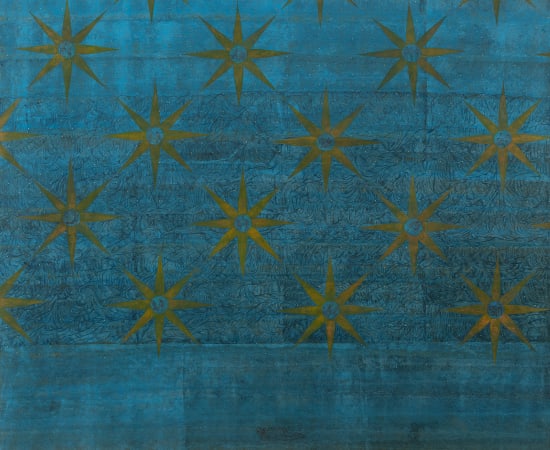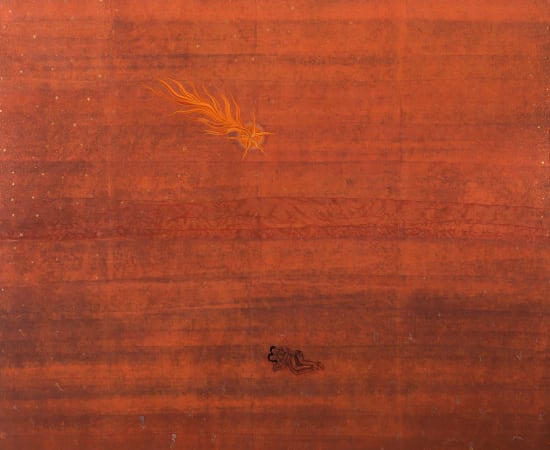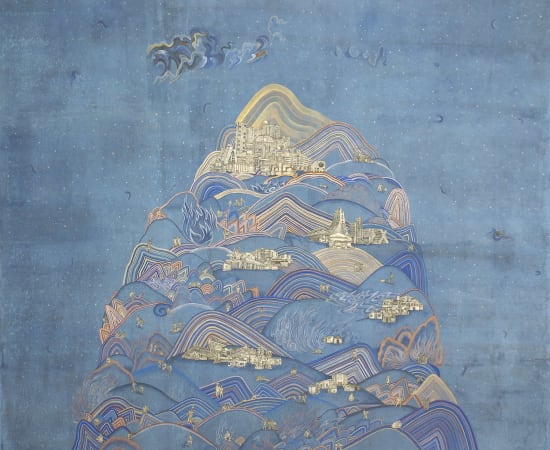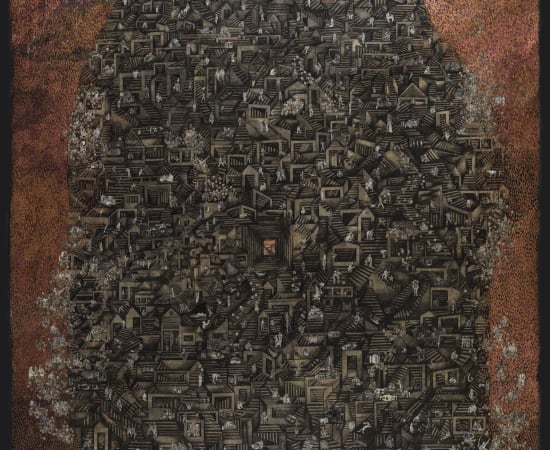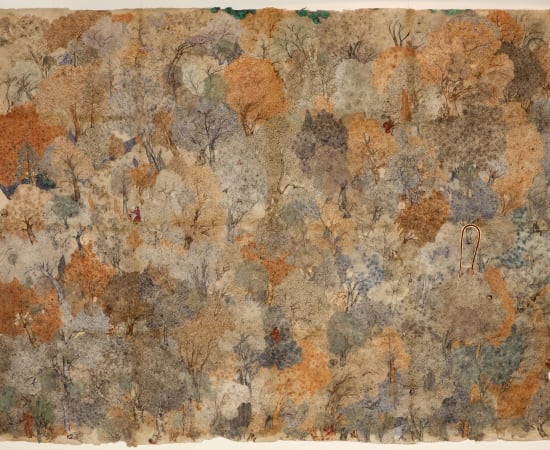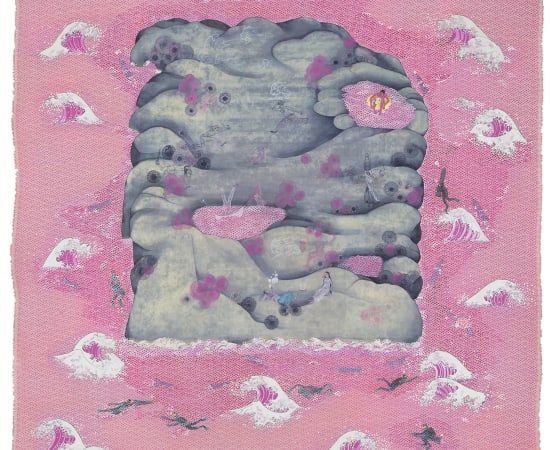Varunika Saraf b. 1981
-
 Let’s Tell It Like It Is, 2020
Let’s Tell It Like It Is, 2020 -
 Miasma I (a series of 12 works), 2020
Miasma I (a series of 12 works), 2020 -
 Portents II, 2020
Portents II, 2020 -
 Those Who Dream (a series of 16 works), 2020
Those Who Dream (a series of 16 works), 2020 -
 Vikas Band & Co., 2020
Vikas Band & Co., 2020 -
 Voices in the Night, 2020
Voices in the Night, 2020 -
 What Else Is Left for Tomorrow to Bring?, 2020
What Else Is Left for Tomorrow to Bring?, 2020 -
 “Love Is Contraband in Hell” (Assata Shakur), 2020
“Love Is Contraband in Hell” (Assata Shakur), 2020 -
 Nothing happened here, 2018
Nothing happened here, 2018 -
 The cries, too, fall like rain in summer, 2016
The cries, too, fall like rain in summer, 2016 -
 The Seeker, 2014
The Seeker, 2014 -
 Aasman Se Gira Khajoor Mein Atka, 2012
Aasman Se Gira Khajoor Mein Atka, 2012 -
 The island, 2010
The island, 2010
b. 1981, in Hyderabad, India
Varunika Saraf is an artist and art historian based in Hyderabad. In her large-scale paintings, Saraf draws upon a multitude of archival sources from art history, newspapers, popular culture, etc., to engage in a conceptual dialogue with the past and critically analyse the antecedents of a range of contemporary political and social issues, particularly the exponential rise in violence. Central to her practice since 2001 is the use of wasli, a surface created by the Mughal technique of binding together layers of paper. Saraf modifies the original scale and form of this technique and adapts it to her unique artistic requirements. On to this surface, she casts a rich deposit of colour, each layer painstakingly built-up by different washes of watercolours ground from natural and synthetic pigments by Saraf herself. Her visually rich surfaces are further enhanced by the use of dyeing, appliqueing, collage, embroidery, block-printing, etc.
Saraf’s works, often disguised as beautiful paintings seek to expose the uncomfortable reality of violence in our times which is often erased. Her works are imbued with the spirit of historic enquiry into contemporary situations and serve an elegiac function. She interrogates the contemporary through the perspective of the marginalised.
In her more recent works, she engages with “apocalyptic manuscripts” particularly the Augsburg Wunderzeichenbuch or the Book of Miraculous Signs. She uses the medieval imaginary of interpretations and revelations, to develop a language that allows us to prophecise, process phenomena, fear as well as political and social upheavals. Drawing inspiration from Griselda Pollock’s seminal work on memory that “agitates the present to warn us of the continuing threat, not only of genocide but of the experimental elaboration of a system of total domination and systemic dehumanization” (Griselda Pollock & Max Silverman, Concentrationary Imaginaries, 2015), she uses the iconography of miraculous and apocalyptic visions, to engage with the growing phenomena of violence that are bringing us to the brink of near-totalitarian terror.
-

In the making: Drawing, Refining, Revising
Group Show 2 Aug - 3 Sep 2024In the Making: Drawing, Refining, Revising is a group exhibition where we have brought together 15 artists from the gallery to whom drawing is the essence of studio life: a...Read more -

Part 1: Framing | CheMoulding: Framing Future Archives
Curated by Shaleen Wadhwana | 60 Years of Gallery Chemould 15 Sep - 22 Oct 2023Anant Joshi, Archana Hande, Atul Dodiya, Bhuvanesh Gowda, Desmond Lazaro, Dhruvi Acharya, Gigi Scaria, Jitish Kallat, Madhvi Subrahmanian, Meera Devidayal, Mithu Sen, NS Harsha, Ram Rahman, Ritesh Meshram, Shakuntala Kulkarni,...Read more -

Sharjah Biennial 15: Thinking Historically in the Present
7 Feb - 11 Jun 2023We are pleased to present the works of Anju Dodiya, Archana Hande, Lavanaya Mani, Mithu Sen, Nilima Sheikh, Reena Saini Kallat, Varunika Saraf and Vivan Sundaram at the Sharjah Biennial...Read more -

Modus Operandi III: Together Alone
Group Show 11 Aug - 10 Sep 2022The premise of Modus Operandi began and continues with an exhibition of Chemould's roster of artists - every iteration presents us an opportunity to exhibit them under one roof, in...Read more -

Caput Mortuum
Varunika Saraf 25 Nov - 31 Dec 2021How do we stop the exponential rise of violence? Is it still possible to dream of an egalitarian society? Can we find love and hope amidst hate? Will we be...Read more -

On|Site | Entry Only
Group show 3 - 9 Mar 2021A collaborative project between four galleries at Bikaner House, New Delhi. Bikaner House, a former residence of the Maharaja of Bikaner in Rajasthan, retains its grand aura of a distinguished...Read more -

Out-site / Insight
Group Show | In touch Edition I 24 Apr - 23 Jul 2020We approached our artists inquiring how they were doing in this time of isolation. Several of them are unable to make art - using their time to read, watch films,...Read more -

Modus Operandi II
Group Show 18 Jul - 24 Aug 2019Synonymous with the first edition of Modus Operandi, where we brought together over 25 Chemould artists and their unique artistic language in dialogue with each other through various mediums, we...Read more -

Modus Operandi
Group Show 13 Jul - 18 Aug 2018This July, Chemould Prescott Road presents Modus Operandi , a show that has been devised by Shireen Gandhy and the Chemould team, brin ging together a large number of Chemould...Read more
-
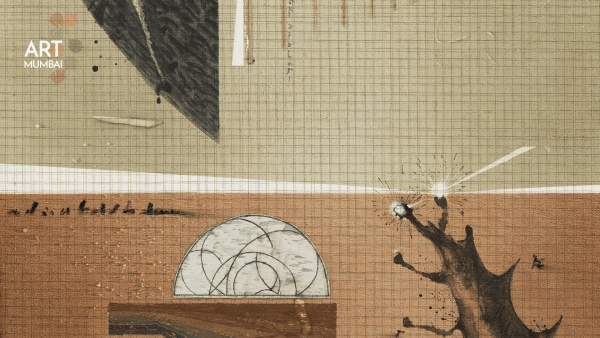
Art Mumbai 2024
Mumbai 14 - 17 Nov 2024Booth 28 Public days: NOV 16 - 17, 2024 We look forward to welcoming you once again in person to our booth at Art Mumbai...Read more -

Art Dubai
Dubai 1 - 5 Mar 2023Booth E1 Public days: Mar 1 - 5, 2023 We look forward to welcoming you once again in person to our booth at Art Dubai...Read more -

Art Basel 2022
Basel, Switzerland 13 - 19 Jun 2022Booth J10 Public days: Jun 13 - 19, 2022 We look forward to welcoming you once again in person to our booth at Art Basel...Read more -

India Art Fair 2022
New Delhi 28 Apr - 1 May 2022This year we look forward to returning to India Art Fair; presenting new works across multiple mediums created by nine of the gallery artists. Anju...Read more -

Art Basel Hong Kong 2020
Online 18 - 25 Mar 2020Online Viewing Room Public days: March 18 - 25, 2020 To access the Online Viewing Rooms, create an Art Basel Profile here Chemould Prescott Road...Read more -

India Art Fair 2019
New Delhi 31 Jan - 3 Feb 2019Public days: Jan 31 - Feb 3, 2019 Chemould Prescott Road presents a suite of works this year at India Art Fair 2019 that reflect...Read more -

Art Basel 2018
Basel, Switzerland 13 - 17 Jun 2018Chemould Prescott Road presents a suite of works this year at Art Basel that reflect the diverse sensibilities of its gallery programme. From Anju Dodiya...Read more






